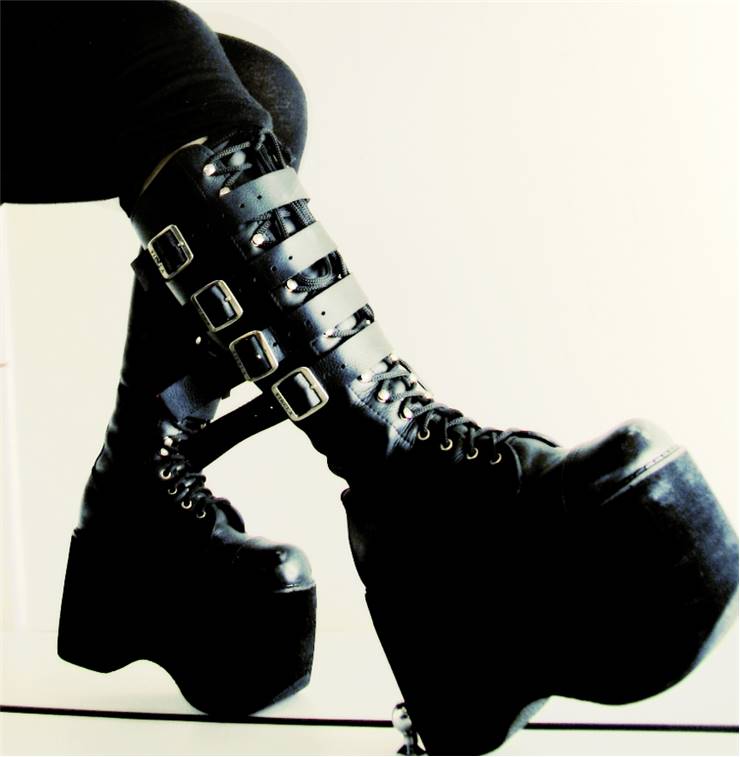Timeline of Shoes
40000 BC – First archeological evidence of protective foot covering found in Ice Age settlements.
4000 BC –First recorded mentioning of shoes as “flexible pieces of leather” came from Ancient Egypt.
3627 BC – Archeologist found the earliest known leather shoe near one of the cave dwellings in Armenia.
3rd to 1st millennia BC – Many civilizations around the world used simple leather sandals in their daily life. Egyptian pharaoh Tutankhamen carried to his tomb exquisite sandals that were engraved with beautiful golden pictures of gods and religious symbols.

1st millennia BC – Romans used platform sandals made from wood or cork soles. Buskin shoes were also common in Greece and Rome, where they were worn by tragic actors, hunters and soldiers.
Around 1000 AD – Shoes and sandals become commonplace across Europe, but they are often crude and hard to wear for long periods of time. Saxon wedding ritual in which bride throws one of her shoe behind her back to determine which of her bridesmaids will be married next was born.
12th and 13th century – Fashionable shoes started being produced for nobility and royalty. Their designs started focusing on extending the toes section, the larger the toes – the more they represented wearers rank.
16th century – Renaissance and rise of wealthy class of people marked the beginning of the widespread footwear fashion.
1533 – Italian noblewoman Catherine d’Medici introduced to France fashion of high heels.
1789 – French Revolution brought to the end the fashion of high heeled man and female footwear, and popularized more “down to earth” designs.
1790 – English inventors introduced shoelaces for the first time.
1800 – In 19th century shoes finally became made for each foot individually. Before that, majority of footwear could be used with both feet’s (so called “straight” shoes).
1883 - African-American inventor Jan Ernst Matzeliger invented machine for automated production of shoes. This invention changed the shoe industry forever.
1888 – First high heeled shoe factory opened in United States. This event enabled US females to largely abandon import of expensive shoes from France.
1899 – Irish-American inventor Humphrey O'Sullivan successfully patented rubber heel for shoes.
1917 – First successful sneakers (canvas top design with rubber sole) started being sold in United States. They received their name because of their lightness and silence that was provided by soft rubber. They were initially used by kids and tennis players.
1955 – High “comma” heel or “stiletto” heel was invented in Italy by the French fashion designer Roger Vivier. Stiletto became extremely popular across the female population of the world.
1950s and beyond – Introduction of advanced rubber, plastic, synthetic cloth, and industrial materials enabled the creation of many new shoe designs.
1980 – Athletic shoes that were first introduced in early 20th century became widely popular across the world.
